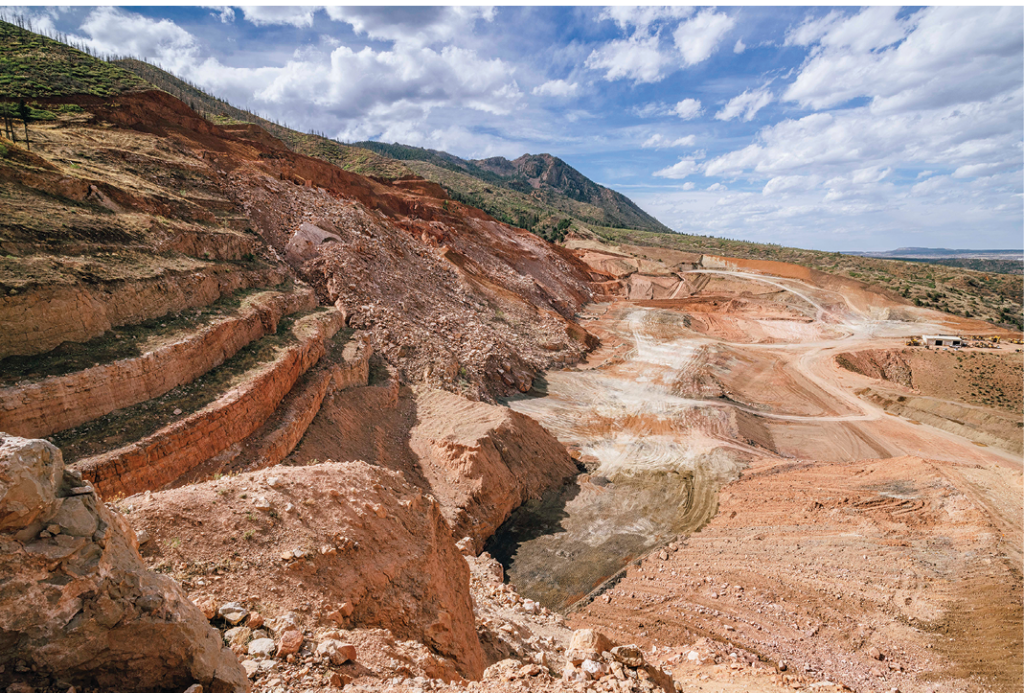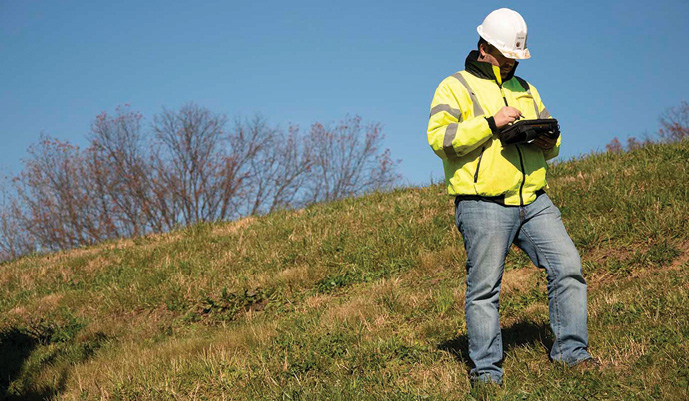How does innovation in mining accelerate ESG goals?

While the global community of investors, political leaders, and regulators raise the bar for mining, the innovators and engineers are answering the challenge. An increased focus on mining means tremendous potential for transformational change from emerging and existing solutions. Mines can, and should, be designed with an energy transition profile in mind, meaning the construction and operation must be able to meet the future energy needs. The time for dreaming and waiting is over.
1. Leveraging remote operation
Remote technology already exists to be able to control load-haul-dump machines from a surface control room or from an operating centre that is hundreds of kilometers away. Control rooms are often used for dewatering, hoisting, and material handling oversight. Beyond on-site control centres, we can also pair remote data collection and analytics within a business centre for globally distributed operations and facilities. This allows us to gain insight into an entire, integrated mining entity.
Remote operation is used in all stages of the mining lifecycle, not only for remotely driving trucks and LHDs at a mine site. At the milling and refining operations, there are opportunities to work virtually and monitor in real time. Remote operations allow site personnel to gather data for off-site specialist support, including use of augmented reality to troubleshoot and assist an operation from anywhere in the world. For example, we use a combination of photography, digital records, and location (geographical information system GIS) to remotely collect data and monitor conditions at a tailings pond site in Washington, U.S. This level of efficiency is a huge contributor for both safety and ESG in mining.
2. Utilizing real-time knowledge
Next generation operations must include cloud platforms, wireless communications, edge computing, artificial intelligence, and robotics capabilities. Real-time or near-real-time data for process optimization, analytics, and autonomous decisions will come together. Plug and play capabilities will be the norm. Short interval control allows operations to pivot and manage resources in an integrated operation, maximizing safety in productive workplaces. Workers access virtual data and digital information to perform work and to capture new routines for continuous improvement. All ground response and process data are captured and analyzed with simulation and optimization tools to directly feedback into designs for future design improvements.
3. Learning from other industries
We are seeing more partnerships and collaborations with niche technology providers and original equipment manufacturers. This is powerful because we can provide an extended range of innovative solutions to mining clients. Last year, we entered collaborations with technology companies to benefit engineering designs. Auxilium offers unique solutions to transform tailings into carbon-sequestering building materials. Renix offers a continuous ion exchange process for wastewater treatment to produce clean water and recover new value-added products. Companies like Auxilium and Renix help save water and energy, getting us closer to net-zero. Partnerships and collaborations can be difficult to navigate and take time to put into place. But mining as an industry can benefit from leveraging solutions in other industries.

4. Modernizing software
Though it might seem easier to consider sustainable options when a mine is being built, opportunities abound for mines that have been operating for decades. A software upgrade could increase both yield and safety. For example, we can automate parts of the system to increase efficiency. Automation and tracking of people and equipment is widespread for use in ventilation controls, energy management, and safety. Tracking can be expanded for supplies delivery (like fuels and tools) to allow management and control of goods while minimizing idle and downtime. This, in turn, enables optimal planning and scheduling of work. All inventories are logged and tracked with advanced analytics to improve processes and reduce bottlenecks.
After more than 35 years of working in mine closure, Stantec engineers created a closure software tool, called PRAC, which stands for progressive rehabilitation and closure. This software provides a systematic approach to closure by capturing all closure-related data within one location.
5. Recruiting the next generation of miners
The mines of tomorrow need people for jobs that did not exist 20 years ago. Even today, many mines rely on computer programmers, AI developers, automation specialists, and data scientists. On top of that, mines need support in new areas such as greenhouse gas emission audits and community and Indigenous engagement. It is exciting to see Engineers Canada and the Canadian Academy of Engineers considering adding a new engineering discipline – the energy engineer – to specialize in the critical energy transition in all sectors including mining.
Generation ESG is the sought-after mining employee who is tech savvy and values protection of the planet. These employees are equipped to manage future mining operations and leverage multi-trade skills. They will combine electrical, mechanical, and IT knowledge to maintain the evolving equipment and systems. A key message in recruiting new mining employees is the focus on mining and its essential contributions to society. We need critical minerals and metals not only for our daily lives, but to enable us to build renewable energy sources and work toward a more sustainable future.
The next phase of mining
Using technology to our advantage helps us become more sustainable and responsible stewards of earth’s finite resources. The word “innovation” might mean something different to everybody. But the truth is mining companies must act now to discover, assess, and implement leading-edge solutions not only in their mines, but also processing plants and infrastructure. This metamorphosis is supported by a progressive industry with its new-age concept of “fail fast.” This means we must safely learn and adjust quickly to try to use fresh solutions to get us to the future state of mining sooner rather than later. The mining industry needs speed to ESG to achieve its own net-zero aspirations while supporting the sustainability of the planet with metals and minerals used in climate change solutions.
Samantha Espley is a senior mining advisor at Stantec.
Comments